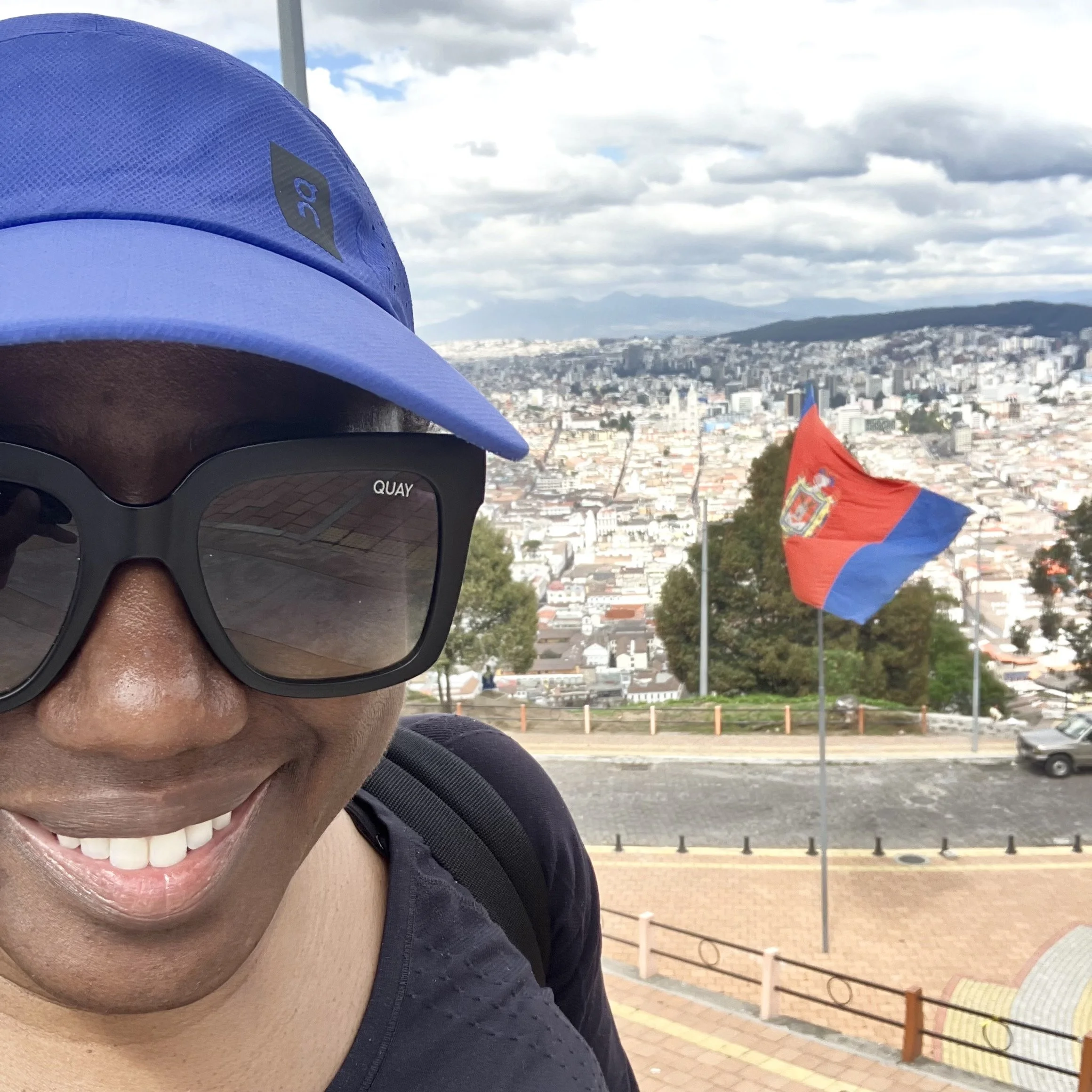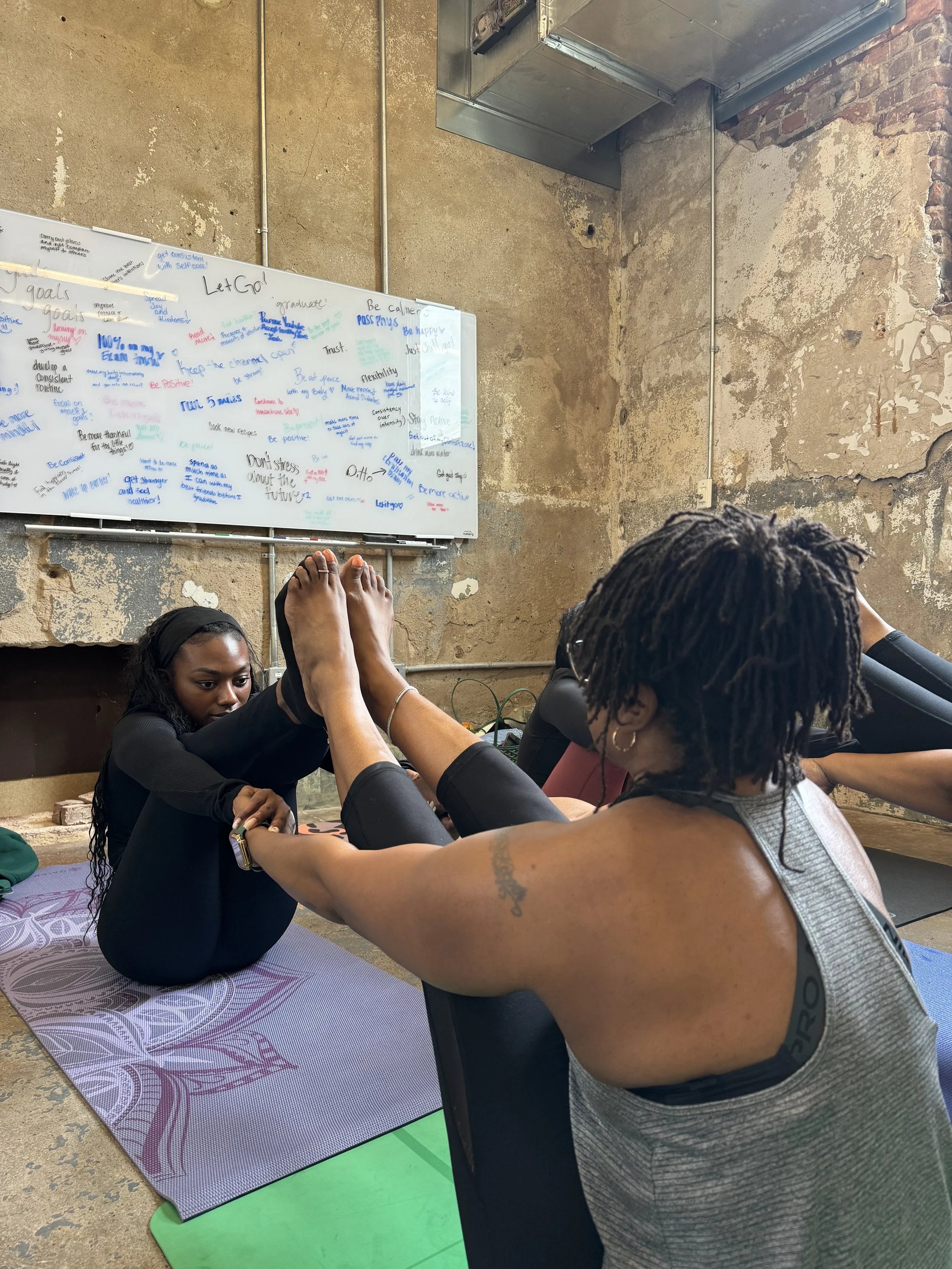How to find time to exercise
Contributor
Are you a busy professional woman struggling to stay consistent with your workout routine? If that’s you, your days are probably packed with meetings, deadlines, and endless to-do lists. In the midst of your demanding schedule, carving out time for a workout can be a challenge. Balancing a demanding career with personal wellness can feel like an impossible task. When you finally find a moment for yourself, the idea of hitting the gym or attending a class might seem overwhelming, especially if you're not sure where to start.
This ongoing struggle to maintain a consistent workout routine isn’t just a minor inconvenience—it’s a significant barrier to your health and wellbeing. Neglecting your fitness can have serious consequences. It affects your physical health, mental wellbeing, productivity, and overall quality of life. Stress, fatigue, and a lack of physical activity can lead to burnout, reduced productivity, and even health issues in the long run. Your wellness should be a priority, not an afterthought. It’s time to address this problem before it escalates further.
So, what’s the solution? How can you find the time to workout consistently? Here are a few strategies to fit exercise into your busy schedule.
1. Prioritize your health. Consider working out early in the morning before the day starts and other responsibilities take priority. Morning workouts can boost your energy and focus for the day ahead.
2. Schedule your workouts. Treat your workouts like important meetings or deadlines. Schedule them into your calendar just like you would for any other crucial task. If it’s in your schedule, you’re more likely to stick to it.
3. Incorporate physical activity into your daily routine. Find ways to integrate physical activity into your everyday tasks. Take the stairs instead of the elevator, walk or bike to work, or exercise while watching TV.
4. Get social. Invite friends or colleagues to join you for a workout. Group fitness classes or casual outdoor activities can double as social time.
5. Make use of technology. Fitness apps and online workout programs offer flexible solutions that can fit any schedule and can be done at home, allowing you to workout in the comfort and convenience of your home.
6. Set realistic goals and track your progress. Set fitness goals and monitor your progress. Having a clear target and tracking your improvements can keep you motivated and accountable.
Regular exercise will help manage stress, improve mental clarity, and increase your physical health, leading to a more balanced and fulfilling lifestyle. By prioritizing your fitness and implementing these strategies, you’ll discover a life where exercise seamlessly integrates into your busy schedule, enhancing your productivity and overall wellbeing.



















